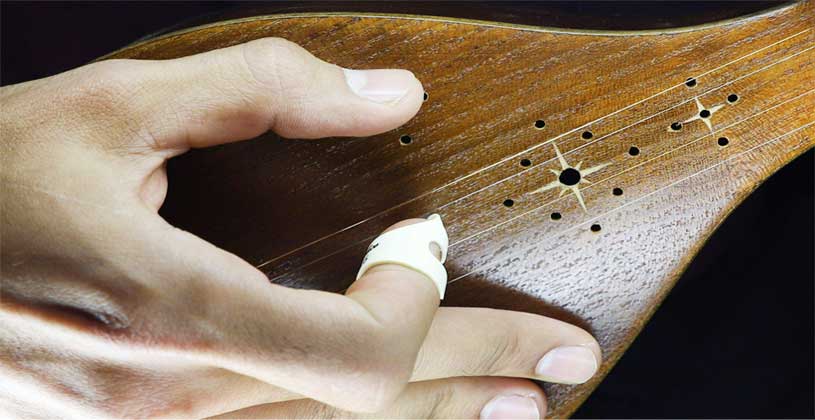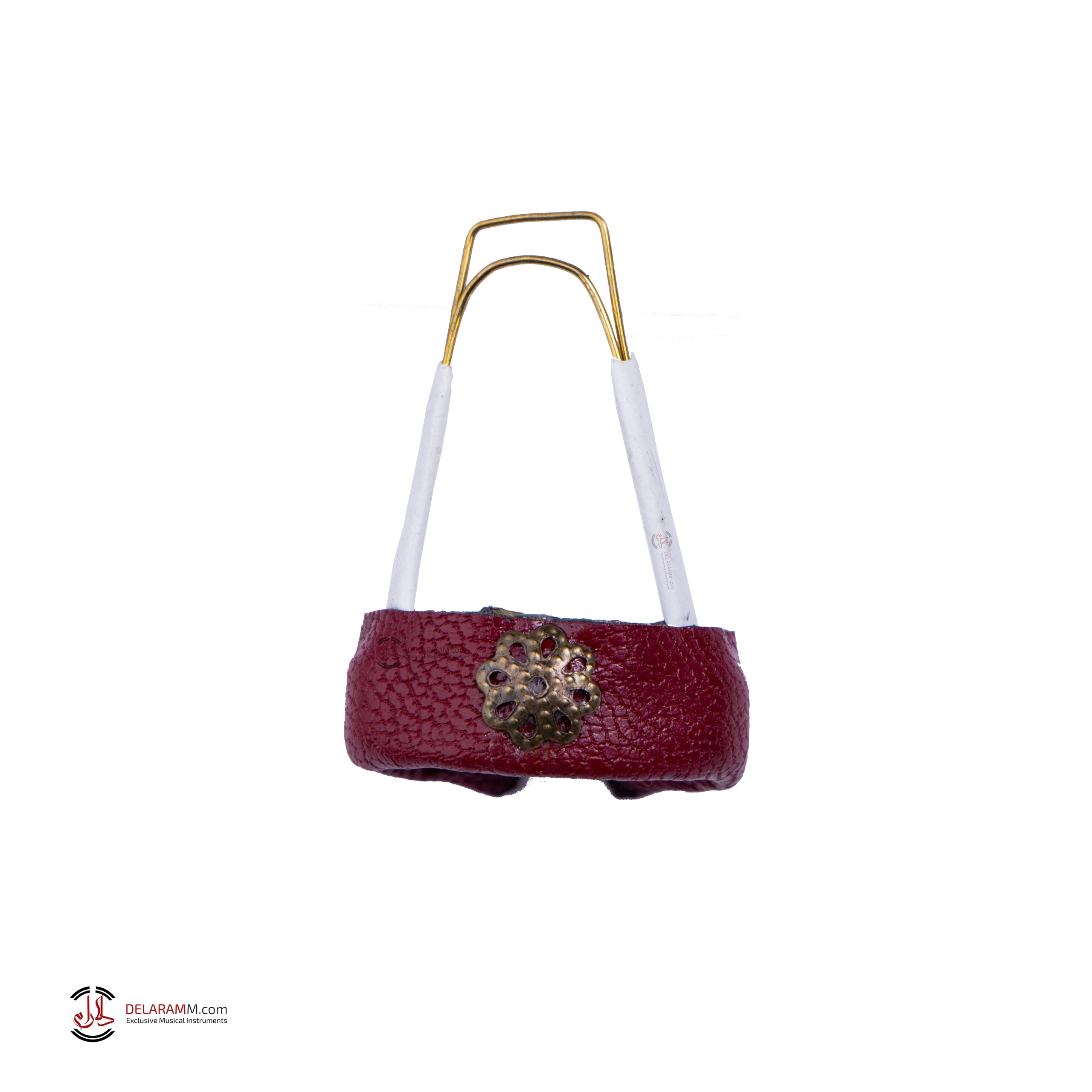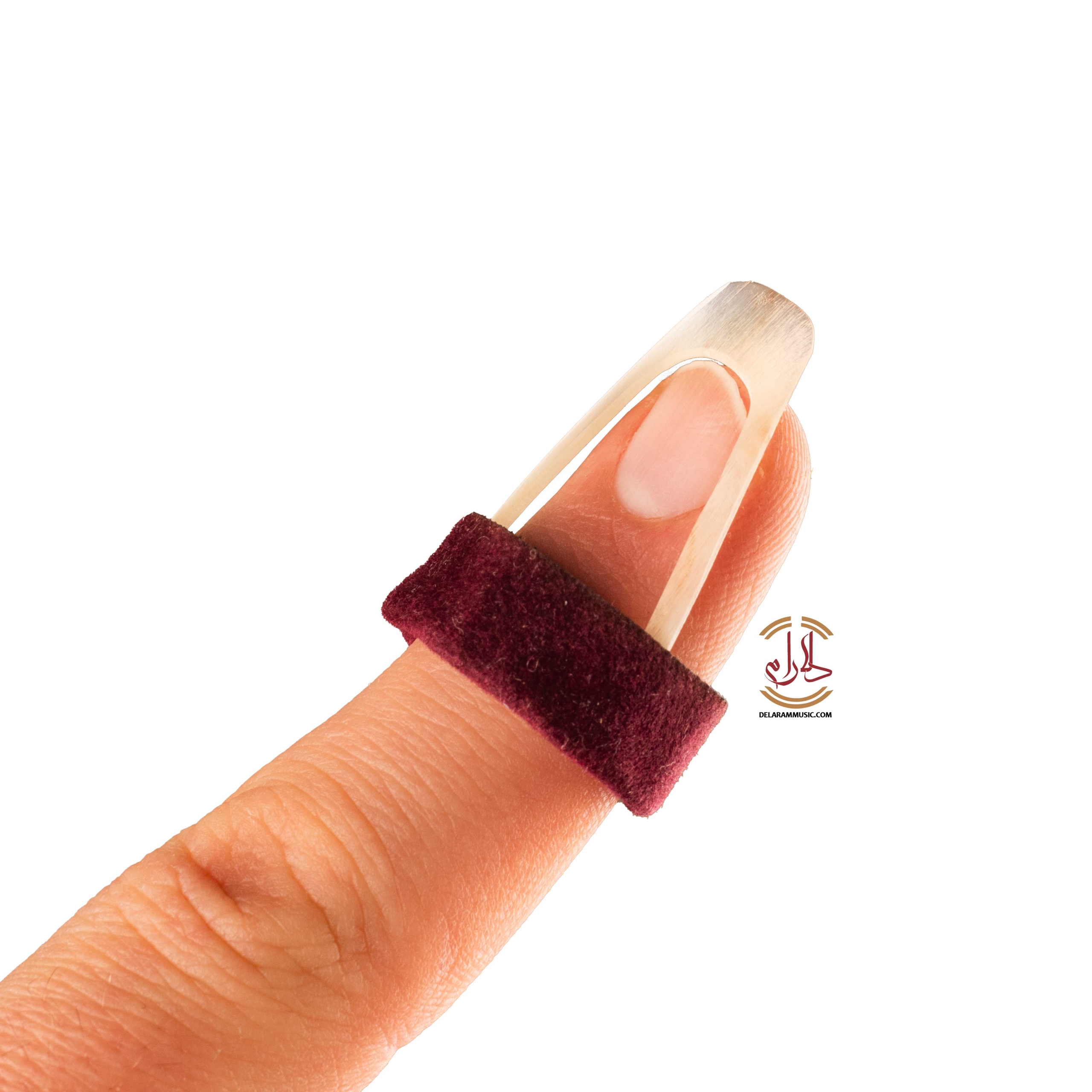How to Choose the Best Setar Mezrab for Your Needs
widespread recognition and acclaim in recent years. If you play right-handed, you’ll use your right index finger’s nail, and if you play left-handed, your left index finger’s nail will do. In any case, special tools called “mizrab” have been invented to make playing the setar simpler for individuals who are unable to play the instrument with their own fingernails. Read on to learn more about what a mizrab is and how you might use it.
What is a Setar mizrab?
A mizrab or mezrab is a specialized plectrum or finger pick designed to assist in playing plucked string instruments like the Setar. The Setar itself has four steel and brass strings, producing soft, nuanced sounds when played skillfully. Experienced musicians often use their fingernails to strike the strings with precision, a technique that requires both skill and practice.
For beginners or individuals who struggle to play using their nails—whether due to discomfort, weak nails, or inexperience—a Setar mizrab provides a reliable solution. This tool is especially popular among students, as it helps them develop their skills without the physical strain of using fingernails.
Today, the Setar mezrab is available in various designs, materials, and models, each offering unique characteristics to suit different needs and preferences
Types of Setar mezrabs
1.Wire or Metal Models
The most traditional and widely used kind of Setar mezrab is made of wire. Wire mizrabs are created with a metal strip and a wire. The wire is wrapped around the metal strip twice during production of these mezrabs. It is also quite easy to implement. You may wear the beater like a ring by placing it on your index finger and tucking the wire beneath your nail. It’s important to keep the mizrab in a fixed position, even when shaking hands.
Any local music store should have wire mizrabs for sale. Wire mizrabs, on the other hand, are flimsy and can easily fall off the finger. Of course, you may get contemporary mizrabs without as much worry of losing it because it has two wire loops. Wire mizrabs provide a sound that is both cleaner and more resonant than that produced by other types.
2.Shakh Mezrab
The shakh mezrab, crafted entirely from animal horns or antlers, is prized for its natural feel and sound. According to many players, this type closely resembles the sound produced by striking the strings with fingernails, making it a favorite among professional musicians.
The shakh mizrab is secured to the finger with a leather loop, distinguishing it from wire models in both appearance and feel. Its organic material lends a warm, authentic tone to the Setar, making it an excellent choice for purists who value traditional sounds.
3.Plastic Models
The plastic setar is a rarer subset of the overall setar family. Plastic models are less popular among students. Finger widths of 16–17 centimeters and mizrab dimensions of 20–20–30 millimeters characterize this variety. Plastic models are more affordable than shakh and wire models because they are made from more affordable materials.
Which Type of Setar Mizrab Is Right for You?
Choosing the right Setar mizrab depends on personal preference, skill level, and the desired tone. Here’s a quick guide:
| Type | Material | Sound Quality | Recommended For |
|---|---|---|---|
| Wire or Metal | Metal strip & wire | Clean, resonant | Beginners and general players |
| Shakh Mizrab | Animal horn/antler | Warm, natural | Professionals and traditionalists |
| Plastic | Plastic | Basic, functional | Budget-conscious beginners |
Ultimately, the choice comes down to what feels comfortable and works best for your style and skill level. Trying different types can help you find the perfect fit.
Playing Techniques with a Setar Mizrab
Using a Setar mizrab involves specific techniques to maximize its potential. For right-handed players, the mizrab is worn on the right index finger, while left-handed players use their left index finger. The tool is positioned under the nail, allowing the player to strike the strings with precision.
Right- and Left-Handed Techniques
- Right-Hand Mizrab Technique: Also known as the “eight” technique in Persian terminology, this involves a downward motion from the top string to the bottom. It produces a strong, vibrant sound.
- Left-Hand Mizrab Technique: Known as the “seven” technique, this uses the back of the nails and an outward hand motion. While softer than the right-hand approach, it creates a subtle and delicate sound.
Both techniques allow for a range of dynamics and tonal colors, giving musicians the freedom to explore the instrument’s full potential.
FAQs About Setar Mezrabs
1. Can experienced musicians use a Setar mezrab?
Yes, while many professional musicians prefer using their fingernails, some also use mizrabs for specific tonal qualities or convenience during extended practice sessions.
2. Are all Setar mezrabs the same size?
No, mizrabs come in various sizes and designs to fit different finger widths and playing styles.
3. How do I choose the right Setar mezrab?
Consider factors like material, comfort, and sound quality. Beginners may start with wire mizrabs, while professionals might opt for shakh mizrabs.
4. Is it hard to play the Setar with a mezrab?
Not at all. Mizrabs are designed to make playing easier, especially for students or those with weaker fingernails. With practice, it becomes second nature.
5. Where can I buy a Setar mezrab?
You can find mizrabs at music stores specializing in Persian instruments or through online retailers offering traditional instrument accessories.
Conclusion
Popular in Iran, the Setar is played entirely with the fingers and toenails. The instrument is played only with the fingernails of expert musicians. Setar mizrabs allow students and others who cannot use their hand nails to play the setar. In order to assist you become more familiar with mizrab, this article described the Setar mizrab and its functions.






